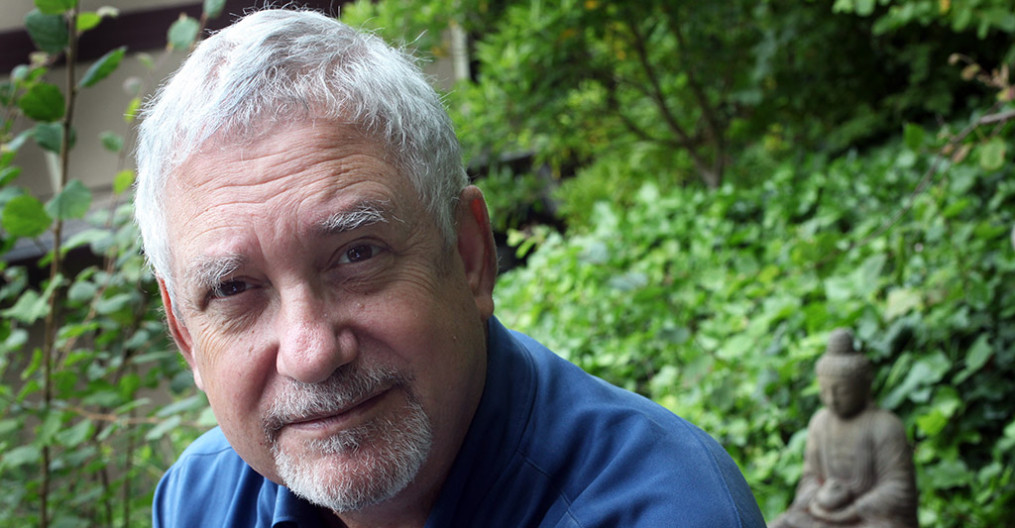 When I was in college I had a class with the eminent psychoanalyst Erik Erikson . He was the kind of inspirational teacher that changes a young person’s life, and his class on The Eight Stages of Man (first outlined in his classic text Childhood and Society) was legendary. He saw the course of a human life in distinct developmental stages (he coined the term “identity crisis” to signify the special life challenge of late adolescence). In his view, the eighth and last stage of a human life was the Integrity stage, when we look back on our life and find a way to come to terms with it. We are able to look at our whole life—the arc and shape of it—with all its joys and sorrows, and ask ourselves, “Was this a life well lived? Did I do the best I could?”
When I was in college I had a class with the eminent psychoanalyst Erik Erikson . He was the kind of inspirational teacher that changes a young person’s life, and his class on The Eight Stages of Man (first outlined in his classic text Childhood and Society) was legendary. He saw the course of a human life in distinct developmental stages (he coined the term “identity crisis” to signify the special life challenge of late adolescence). In his view, the eighth and last stage of a human life was the Integrity stage, when we look back on our life and find a way to come to terms with it. We are able to look at our whole life—the arc and shape of it—with all its joys and sorrows, and ask ourselves, “Was this a life well lived? Did I do the best I could?”
I think Erikson’s thinking has been an important influence and progenitor for my idea of Aging as a Spiritual Practice. I think that Buddhist teachings—though they are certainly relevant at any stage of life—have particular relevance to this Integrity stage. Coming to that sense of Integrity is not easy; in looking back on our whole life, it is easy for regrets to come to the fore. How do we work with that?
I often say that the essence of Aging as a Spiritual Practice is the transformation of loss into contentment. The losses of aging are not like other losses. When we are younger, losses are not necessarily irrevocable. We can always hold out the hope for a second chance, and often there is a second chance. We get laid off at one job (loss) but in the process we find a better job (second chance). We divorce our first wife or husband (loss) but find a new and even more vibrant love. There is a saying that America is the land of second chances. Our country was founded and is still energized by people from all over the world who come here looking for a second chance, and often find it.
But when it comes to aging, we eventually run out of second chances. There is no second chance to life itself—no do-over for being born and dying. That is a journey we do only once, and the losses that start to pile up as the journey draws closer to its conclusion brook no second chances. The transformation required to transform these kinds of losses into contentment is deep and demanding. It is an inner work that engages all of our resources and life’s knowledge.
There is a growing body of knowledge and research about what makes life enjoyable in an external sense as we grow older. It is important to keep busy, the experts say, to develop new interests, to have an active social life, to exercise and eat well. A flexible attitude helps greatly to cope with the adjustments and diminutions of our faculties. If our knee goes bad and we can no longer run, we swim instead; if we can no longer drive, we learn to use the buses or carpool or drive with friends. Research has shown that people who are flexible do much better with the aging process than those who are rigid.
But what about growing older in an internal sense? Researchers don’t talk about this aspect nearly as much, but as we age there is a slow drift of inner perception and outer regard, a slow distancing from the bustle of the day to day. This inner drift can go either way. For some people it turns into a kind of mild depression or down feeling; for others, there is a sense of finally having the time and space to deal with what is most important. This latter sense is the gateway, I think, into the spiritual dimension of aging, and the beginning of the alchemy that over time can transform loss into a new kind of contentment.












